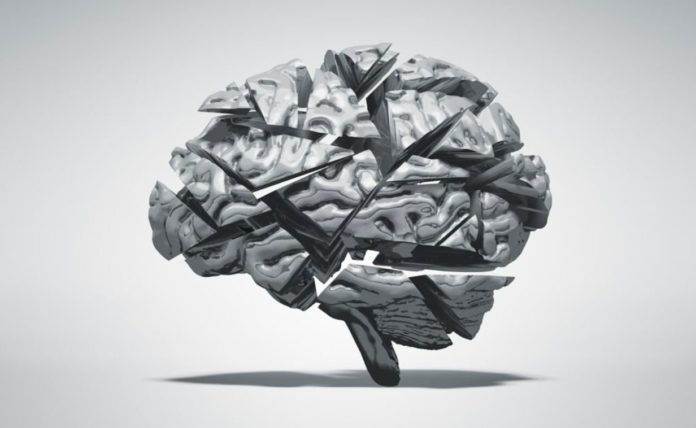A new study has identified one of the driving forces behind Alzheimer’s Disease, the most common form of dementia.
Alzheimer’s disease is the most common type of dementia and has no cure or effective medication. This is partly because we don’t fully understand how progressive neurodegenerative disorder starts in the brain.
Now, a study from Flinders University has demonstrated how a protein called tau, a key player in the onset of Alzheimer’s disease, transforms from a healthy state to a disease state – and shows how this finding could provide a therapeutic target.
The team’s research, which was published in the journal Science Advances, offers hope for preventing tau transformation, retaining tau in a healthy state, and reducing damaging effects on brain cells.
The tau protein, together with a tiny peptide termed amyloid-beta, is a key component in Alzheimer’s disease. According to Dr. Arne Ittner, the study’s senior author, tau is required for the toxic effects on brain cells that lead to decreased memory performance.
Tau builds up in deposits inside the brain cells as Alzheimer’s disease progresses. Tau undergoes significant modification during this process, with diverse tau deposits including several minor modifications at numerous locations throughout the tau molecule.
Although neuropathologists have been aware of these modifications to tau for many years, it is still unknown how tau becomes multi-modified. The new research has partially clarified this conundrum and offers a new mechanism to explain how tau is gradually changed.
The purpose of the study was to determine whether altering one particular location in tau would make it simpler to alter another location. The group looked specifically at how protein kinases, enzymes responsible for modifying tau, interact with tau.
According to study main author Dr. Kristie Stefanoska, Research Fellow in Dementia at Flinders University, protein kinases typically target specific locations, known as phosphorylation sites, in tau and other proteins and induce alterations exclusively at these exact spots.
“However, we suspected that some of these enzymes are able to target several spots in tau and would do so even more efficiently if tau were already modified at one spot to begin with.”
The researchers focused on the most prevalent form of change seen in tau in the brains of Alzheimer’s patients in a comprehensive experiment that comprised up to 20 separate changes in tau and 12 enzymes.
Although the study did find that one alteration in tau does make it simpler for another change to be introduced, it was also able to pinpoint “master sites” in tau, which are certain locations that control subsequent changes at most of the other sites.
According to Dr. Ittner, “by modifying these master sites, we were able to drive modification at multiple other spots within tau, leading to a similar state seen in the brains of Alzheimer’s patients.”
The team’s next step was to investigate if master sites may be targeted to lessen tau’s harmful effects on Alzheimer’s in an effort to enhance memory.
In the current study, mice with both amyloid and tau were used, and they showed signs of Alzheimer’s like memory loss. The researchers discovered that mice with a version of tau without one of the identified master sites did not develop memory problems, compared to mice with the typical version of tau.
The group will now look at developing medicine based on their findings.
“We have shown that this new concept has therapeutic potential, but future work is needed to understand the role of these master sites in health and disease,” adds Dr. Stefanoska.
“Tau modification in Alzheimer’s disease is a complicated process. Ours is the first study to link an initial change in tau with multi-site modification along the entire protein.”
The authors say that the new mechanism and the master sites at its core could be used to treat a number of neurological diseases that involve tau, such as Parkinson’s disease, chronic brain injury caused by a concussion, and stroke.
“Slowing down the changes at master sites of tau in these diseases may put the brakes on tau toxicity and dementia,” adds Dr. Ittner.
“This new mechanism helps us understand why there is extensive tau modification in Alzheimer’s disease in the first place. This will assist researchers and clinicians in designing means for better and earlier diagnosis.”
Image Credit: Getty
You were reading: This Is What Makes A Healthy Brain Turn Into Alzheimer’s One – New Research
